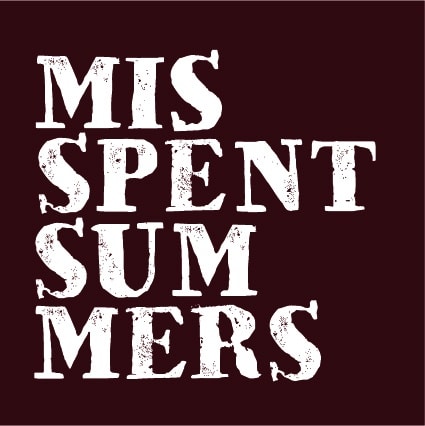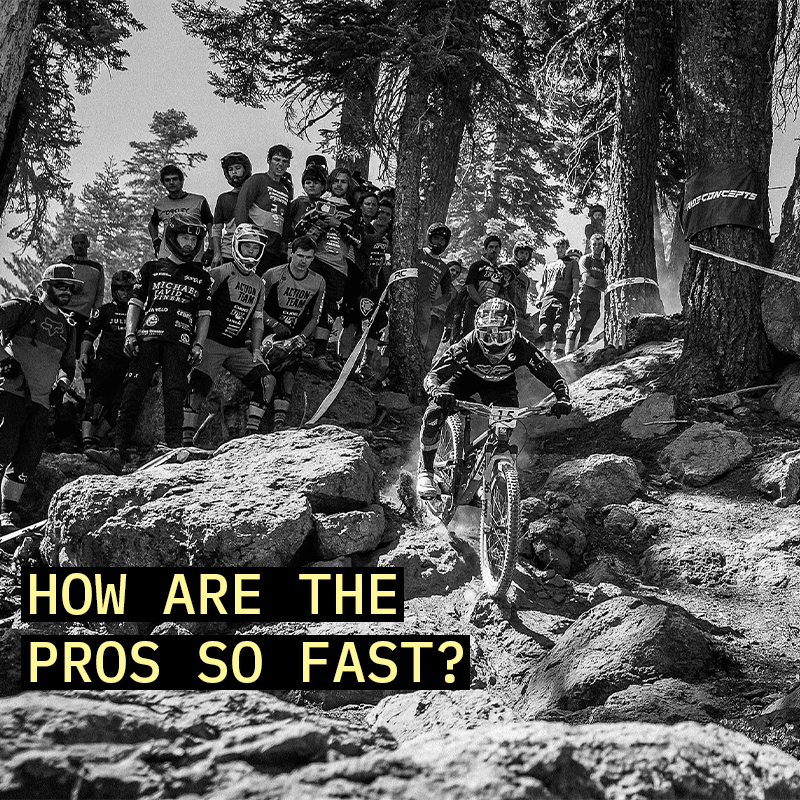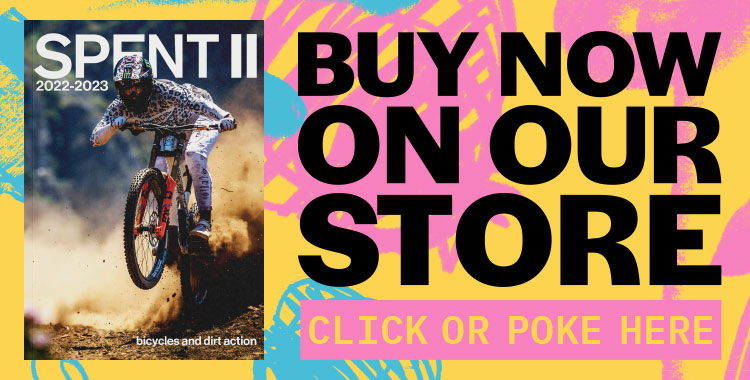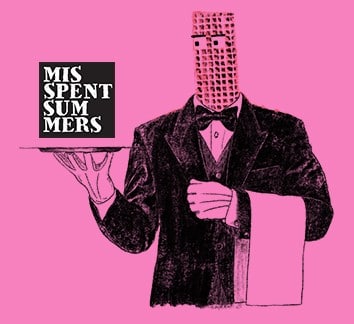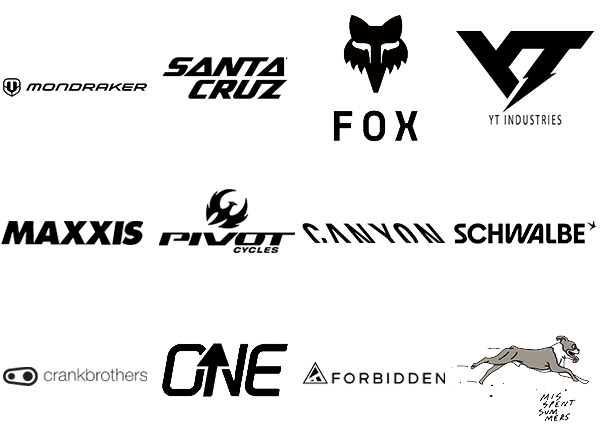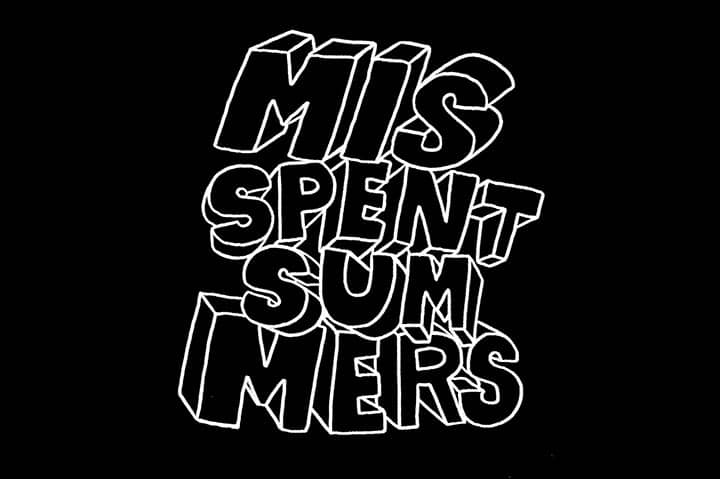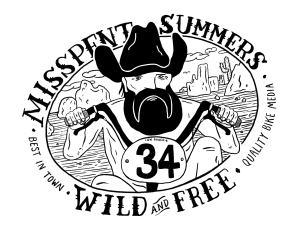See this article and others in The World Stage 2019.
Words: Chris Kilmurray || Photo: Boris Beyer
To have the nose for something is to have the intuitive ability to excel at a particular task. While it’s quite clear that such skill probably isn’t developed overnight, it is less obvious how some people who have developed their nose in very different environments under very different conditions still manage to excel at a given task at near-identical degrees. The most tantalising to avid racing fans is the phenomenon of individuality we all recognise – while we can identify who has something a little special, we can also identify that no two racers’ intuitive abilities to excel are the same.
While the results sheets may show two racers separated by a measly 0.85 seconds over thirty minutes of racing (that’s only 0.04%), we can all appreciate that the methods used to achieve these near-identical results were likely quite different. The nose for consistent EWS excellence is very easy to identify but challenging to measure or qualify.
Whether moon-dust surfing in Chile, volcanic bog bashing in Colombia, granite rock skipping in Ireland or Tasmania and whether it’s one day of racing or two, wet, dry or whatever the next weather front delivers, those with that extra something always prevail – the best of the best slide their way to the rarefied heights at the top of the results sheets.
The question that puzzles me, as a coach, as much as it motivates me, is how? What are the skill sets honed, crafted and deployed week in week out by these world class few? The aim isn’t to copy their methods, but instead to dig so deep into the framework of performance that the common denominating factors that underpin performance become clear. From that clarity I can design the best possible training programme for an individual.
The first areas of investigation are the similarities: what skills, used so often they become habit, do the top dogs have in common? Experience points to planning as one of the core skills a racer needs. Planning the details that lead to optimal outcomes. Speaking specifically about the nose, then planning practice, especially now that EWS racers are limited to one practice run per stage, is an essential component in dominating on any terrain. Everything from planning the order of practice in relation to the order of racing, nutrition, helmet camera reviewing strategies, visualisation, verbal or visual reminders during or after riding a stage. The possibilities are as broad and individual as the racers’ personalities and preferences, but the common denominator is planning.
A leading racer I coach recently said to me, ‘If I practice a stage by just riding it, I invariably do much worse in racing than if I practiced it with racing in mind’. The best riders plan to direct their attention to the most relevant on-track information during practice – the why, when and how of braking, line choice and creating or conserving momentum.
Evidently there is much more to being consistently on top than just planning and preparation. The two Ps are essential but the substance to always being on top is harder to define. Visually at least, one obvious thing about the best riders is that no matter the terrain, no matter the conditions or track demands, they have a fluency of movement that is appealing to the eye and pleasing to the heart. There is a rhythmic control of posture, relative joint angles and on-track position that, to the onlooker, makes it appear somewhat effortless. But to the rider, who is totally absorbed in what they are doing, this perfect-looking performance requires pure mastery of how their body and bike interact and combine passive and active forces together. Passive forces like how a berm pushes back as the rider pushes in or how their legs’ inherent elasticity can be used to smooth out rough terrain are expertly blended with the exploitation of active forces like gravity or the contraction of muscles, so they can squash and preload their suspension.
The nose is the fruits of practice ripening in a race environment: years of practice, not measured in time, but qualified by how purposeful and intense it was. The best racers develop the physiology and physique to allow themselves to attack any trail in any conditions and not be hindered by fatigue but they don’t rely on physiology alone, they hone it away from the race scene. They plan their training in order to have ample opportunity to learn how to best exploit what a trail offers bike and body in terms of unique solutions for getting from A to B as fast as possible. The control, poise and fluency of movement that looks like the nose to us, the viewers, has been handcrafted in practice; truly homemade to individual specifications.
What feelings and sensations the best of the best racers use to know what ‘fast enough’ actually is, are likely the same – they sense their rhythm on-trail, the feel of the bike working with, not against them. They feel an optimal level of exertion, the trees and rocks flowing past their peripheral vision at just the right speed, the skin on the soles of their feet and palms of their hands deforming just enough as they hook that berm. They feel an optimal challenge where their skills and physical abilities match perfectly with the demands of the trail.
While the senses of the best racers may give them the same type of feedback, how they’ve honed their understanding and exploitation of this feedback will still be individual, hence why the nose remains mysterious. My gut tells me, somehow, that the number one link between all holders of the nose is hard work.
by Chris Kilmurray heads up Point1Athletic, coaching some of mountain biking’s brightest talents.
If you enjoy reading this, you should check out The World Stage. It’s got many features like it, plus round-by-round accounts of the UCI Enduro World Cup and pore over hundreds of the best images of the season in The World Stage Book 2023 yearbooks are available now.
